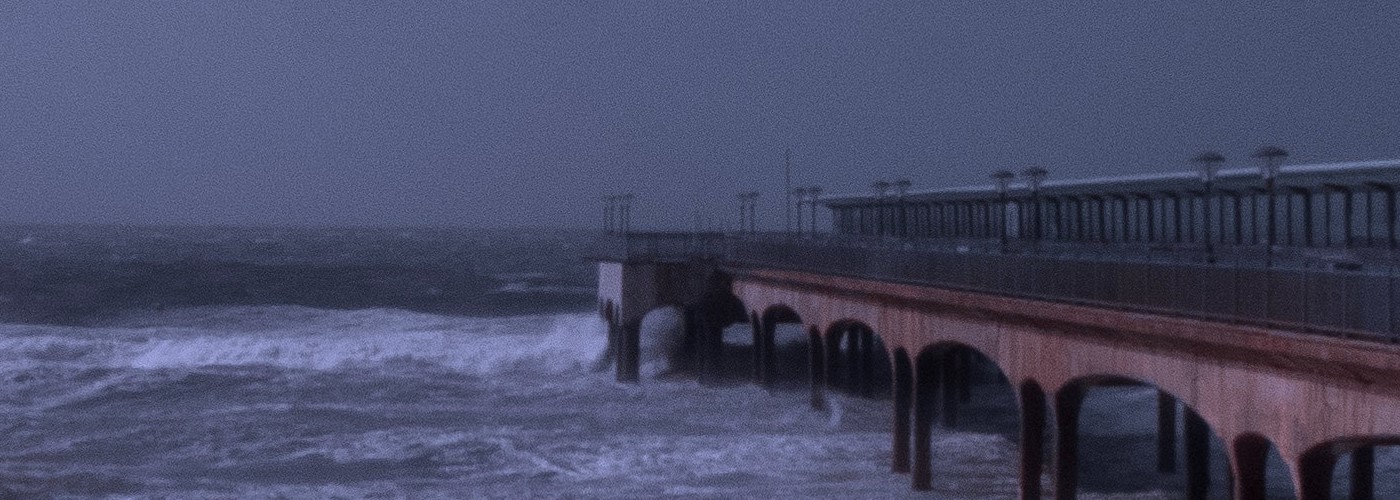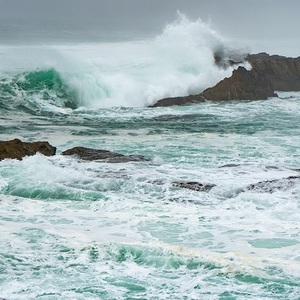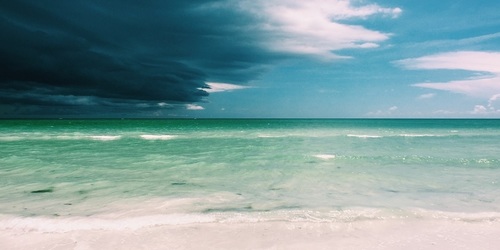

When hurricanes threaten land, a lot of the media coverage is geared to how high the storm's sustained winds are expected to be at landfall. Although this is a dangerous aspect of hurricanes, it is not the most life-threatening. Instead, the most deadly aspect of a hurricane is storm surge. The storm surge arrives as a hurricane makes landfall, and is characterized by a sudden increase in sea level that moves inland. Normal tidal fluctuations are also impactful, especially when high tide coincides with the time of the maximum storm surge.
The sudden rise in sea level that occurs during the storm surge is driven by the high winds of the hurricane piling water up along the shoreline. Hurricanes that have stronger sustained winds will have higher storm surges due to the increased amount of water pushing into the coast. Strong hurricanes can have storm surges of greater than 20 feet. Storm surge does not take into account wave action, which would increase the height of the water level further at times.
When a hurricane makes landfall, the area to the right of the eye bears the impacts of the storm surge. This means if a hurricane is moving north and about to make landfall, the area just east of the hurricane's eye (from the hurricane's perspective) would experience the greatest storm surge. When hurricanes makes landfall during high tide, the storm surge is added to the high tide, and the sum is called the “storm tide.”
There are certain areas of the US coast that are more vulnerable to storm surge than others. This is due to how the ocean floor is sloped as it reaches the coastline, as well as how much of an elevation increase occurs once on land. If the ocean floor has a gradual slope downward rather than a quick drop off, a higher storm surge will occur. Southern Louisiana is one of the more vulnerable coastlines due to this and the fact that much of southern Louisiana is at, or even below, sea level.
For a conceptual diagram that illustrates what storm tide is, click here.
https://aambpublicoceanservice.blob.core.windows.net/oceanserviceprod/facts/surge.jpg





